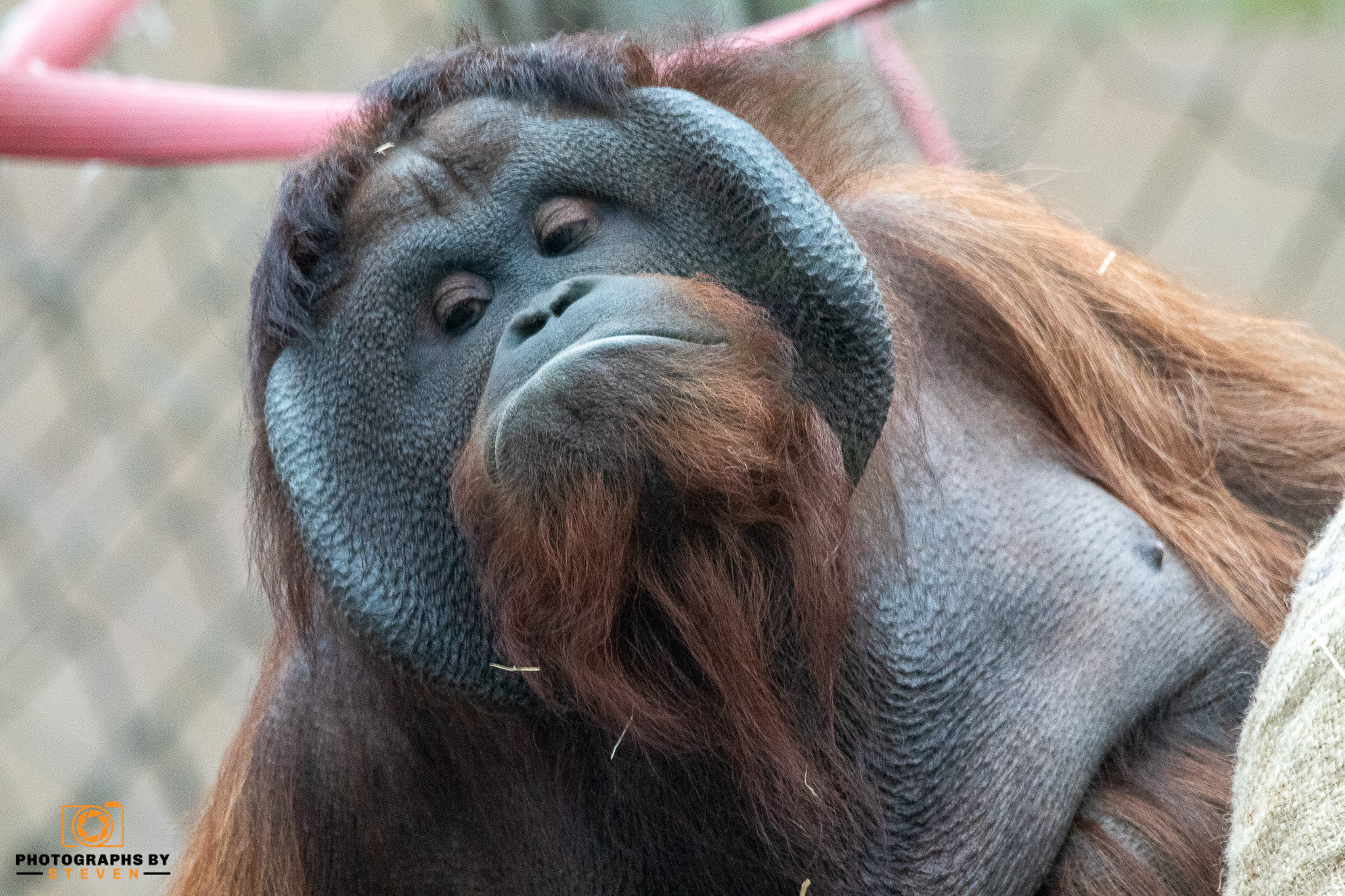"Happiness begins with a dripping nose and finishes with a wagging tail."
You know how accurate this adage is if you have a pet or interact with a dog, cat, guinea pig, or ferret. While the inherent beauty of animals contributes to the attractiveness of pet photography, each shot necessitates some effort.
In this article, you'll discover everything you need to know about preparing for an animal picture shoot so you can capture stunning pet portraits that accurately portray your pet's personality.
Relax
Animals are emotional sponges, so they'll pick up on it and become stressed or anxious if you're nervous or anxious. The 'ears flattened' and 'concerned eyes' characteristics of a frightened animal don't translate well 'on film.' Take a deep breath, and don't forget to enjoy yourself!
Mind your timing
You'll need to think about each subject's demands and routines in addition to light, weather, and other predictable circumstances. You may be used to deciding on a photography session's schedule and location based on the light or weather forecast. On the other hand, Pet photography necessitates a whole new level of preparation.
Consider how their attitude fluctuates throughout the day and how this will affect the photos you wish to take.
Plan the shots
Take some time to plan up a broad outline for the picture session. Instead of concentrating on precise compositions, consider the emotions you wish to elicit. This will allow you to concentrate on the expressions and vibes you want to capture rather than being frustrated because you didn't achieve the exact image you wanted.
Keep in mind that pet photography is unpredictable, and your model may or may not want to give you the shot you want. Allow yourself to move on and find a new method if this happens.
Move slowly
Unless you're an expert at documentary, on-the-fly photography, the animal is constantly moving, and you capture the precise moment of them walking, smelling, jumping, hunting, and so on, learn to move slowly around them while taking their images. If you must move and do not want your model to move, do so slowly and without making eye contact with her. Also, don't forget to reach, bend, and lean. They want to follow you when you change positions because they know you embark on a new adventure.
Master the exposure
Because you might only get one photo to capture that composition, it's also critical to have the proper exposure. Shooting in RAW can help you salvage some of your less-than-perfect photographs in post-production, but it's not a guarantee.
Learn to trust your camera's meter, as the color of your pet's coat can easily fool it. Because the camera perceives the scene as too white, white animals appear dull, whereas black animals appear grey because the meter detects a darker composition. To compensate for these metering problems, use exposure compensation.
Play with angles and perspectives
Don't be afraid to experiment. Look for close-ups and experiment with breaking photography composition standards. Concentrate on specific features rather than the eyes. Look for textures and contrasts. Experiment with different lenses to observe how they alter each composition. Diversifying your images will keep you involved in the session and may result in some fun, creative results that you can include in your photography style.
Get rid of distractions
It only takes a small amount of distraction to frighten an animal. While it's unlikely that you'll be able to avoid distractions altogether, you should keep them to a bare minimum. Locate a sensitive area away from the crowd, or remove any extra items from the room. You and your camera are both distractions. Unless you want them to look at you, walk as gently as possible to avoid bringing attention to yourself.
Beware of the light
Photography is literally about light. Ideally, your pet photos should be taken in natural light - either outside or near a wide window if you're shooting inside. First and foremost, you should avoid utilizing a flash. Light flashes generally scare animals enough to ruin the shot and can even harm the vision of young animals. If you must utilize artificial light, use consistent lighting setups and camera accessories like reflectors to soften it.
Make sure they are comfortable
Making sure the animal is comfortable is one of the most crucial pet photography ideas. Getting outside of one's comfort zone is only suitable for people. Animals are creatures of habit, and when their routine is disrupted, they can get quite agitated. A nervous animal, of course, does not make a good model.
If you're photographing your pet, introduce them to your equipment ahead of time. Allow them to smell, touch, and hear your camera and other equipment. If you're working with someone else's four-legged pet, make sure they get to know you well enough before you begin photographing them.
Catch their attention
Pet photographers will tell you that their best friends are squeaky toys and strings. Surprising them with sudden sounds is a beautiful method to capture an alert posture. In contrast, strings and other toys will help you grab the animals' attention more comfortably.
You can buy toy squeakers and make the sound directly with your mouth if you want your subject to stare directly at the camera.



Leave me a comment
Thank you for reading my post, if you want to leave a comment, you can do so below.